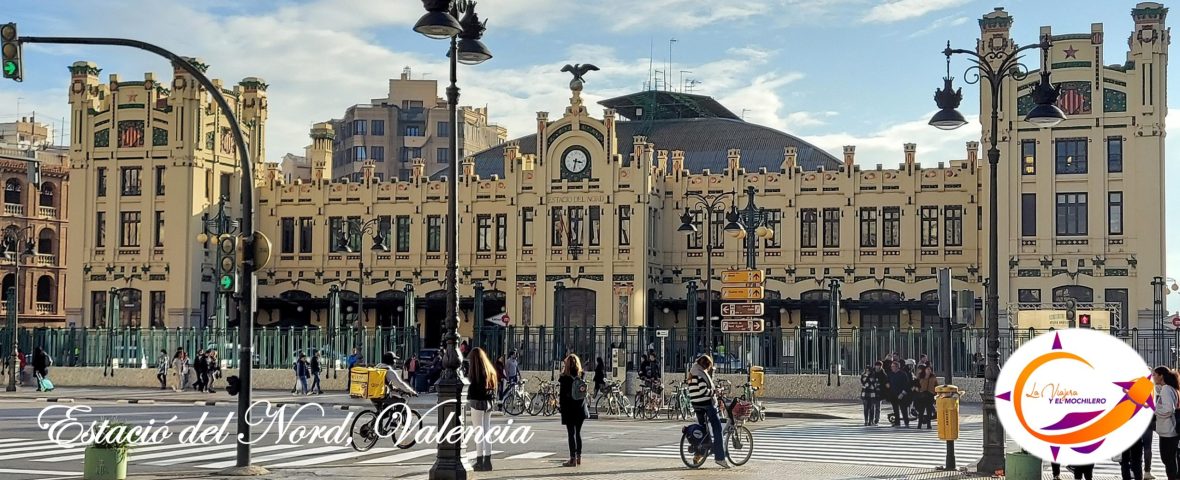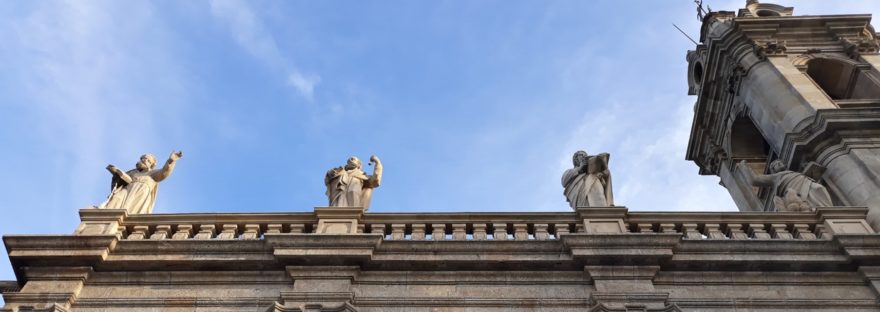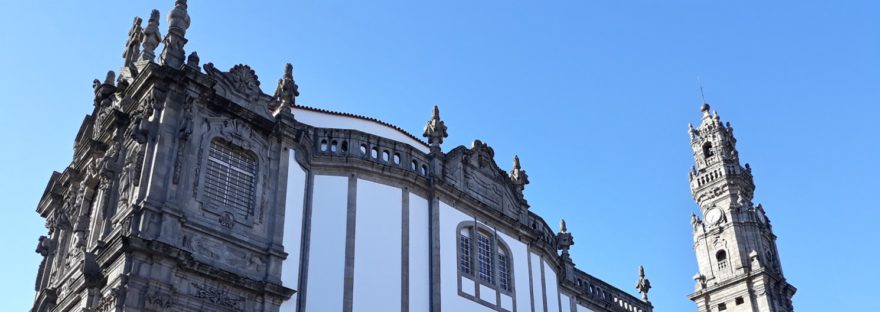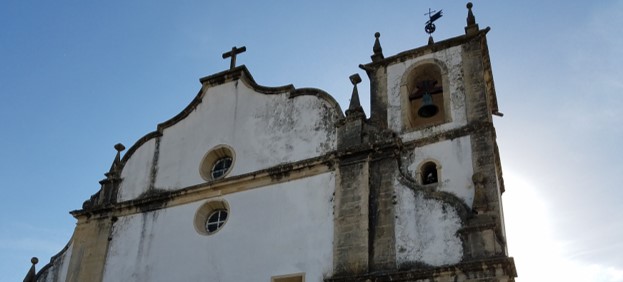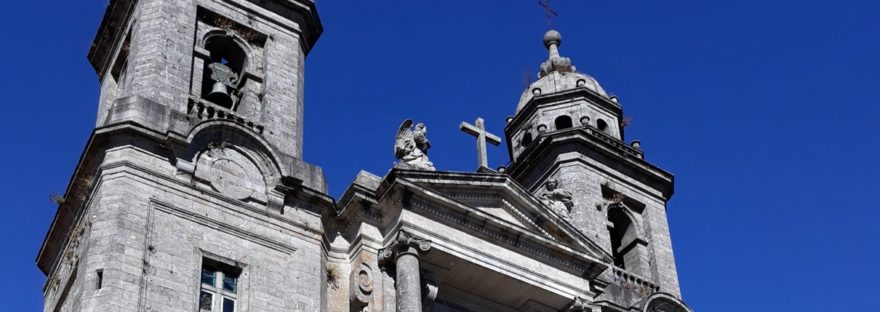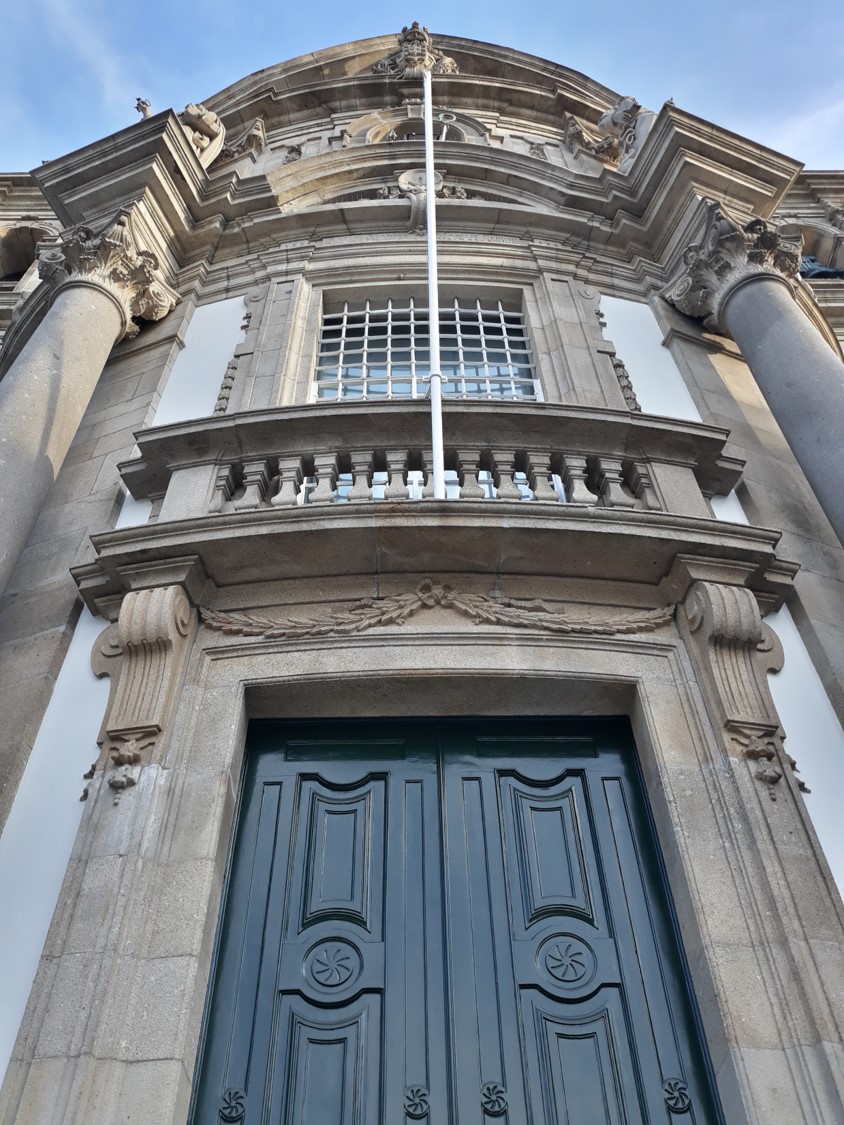 The Igreja de São Marcos in Braga, Portugal, really is a set called the Hospital and the Church of San Marcos. The same was an architectural project by Carlos Amarante and is from the 18th Century. Prior to the construction of this complex, there was a hostel and convent of the Order of the Templars, built on an old hermitage in honor of the saint.
The Igreja de São Marcos in Braga, Portugal, really is a set called the Hospital and the Church of San Marcos. The same was an architectural project by Carlos Amarante and is from the 18th Century. Prior to the construction of this complex, there was a hostel and convent of the Order of the Templars, built on an old hermitage in honor of the saint.
Category: Country
Plaza of the Republic – Thomar, Portugal
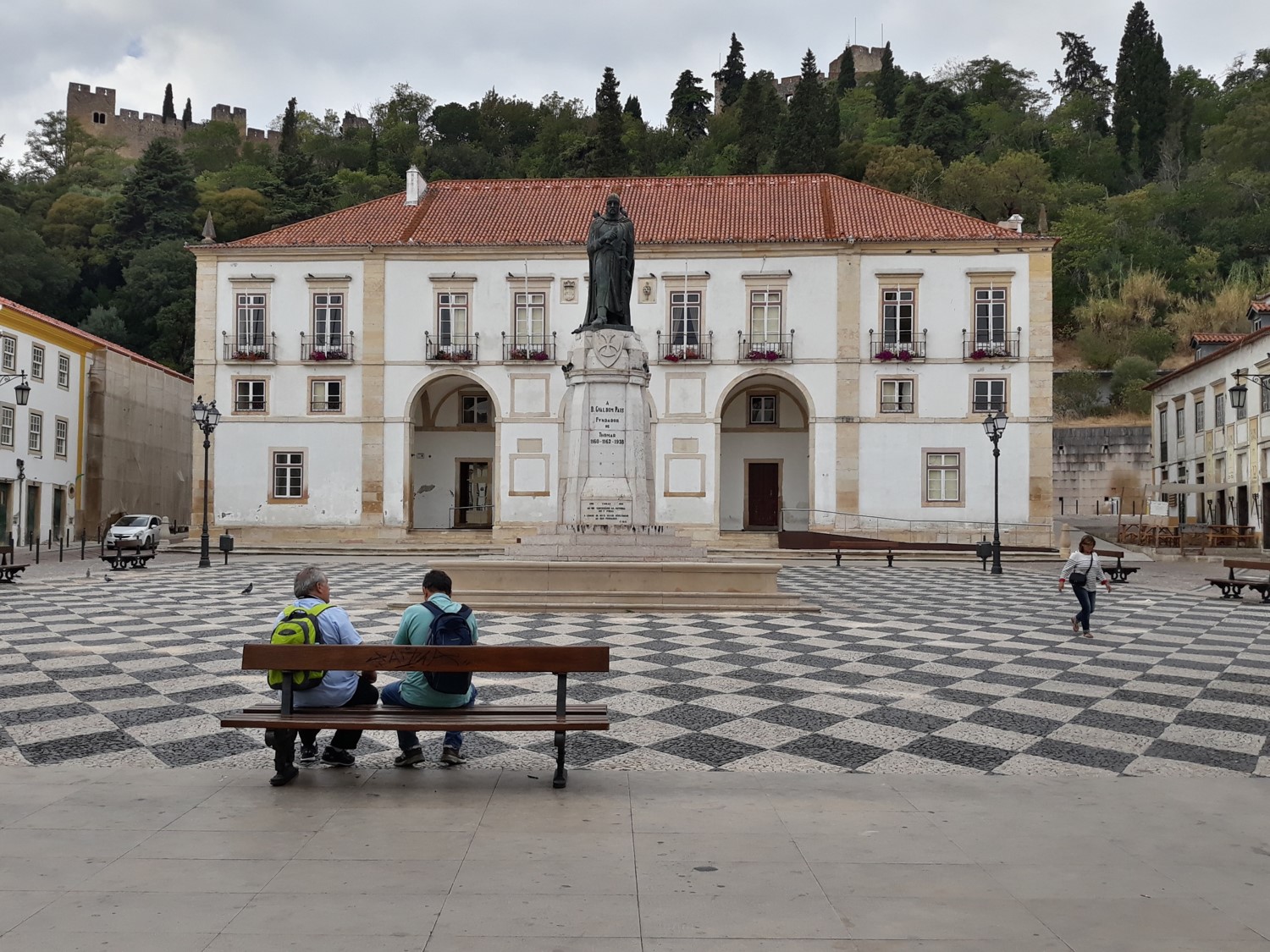 “Praça da República” or the Plaza of the Republic in Thomar, Portugal, is the main square of the city of the Knights Templar. The floor of the square is decorated with a mosaic in the shape of black and white diamonds.
“Praça da República” or the Plaza of the Republic in Thomar, Portugal, is the main square of the city of the Knights Templar. The floor of the square is decorated with a mosaic in the shape of black and white diamonds.
“Sé do Porto” – Portugal
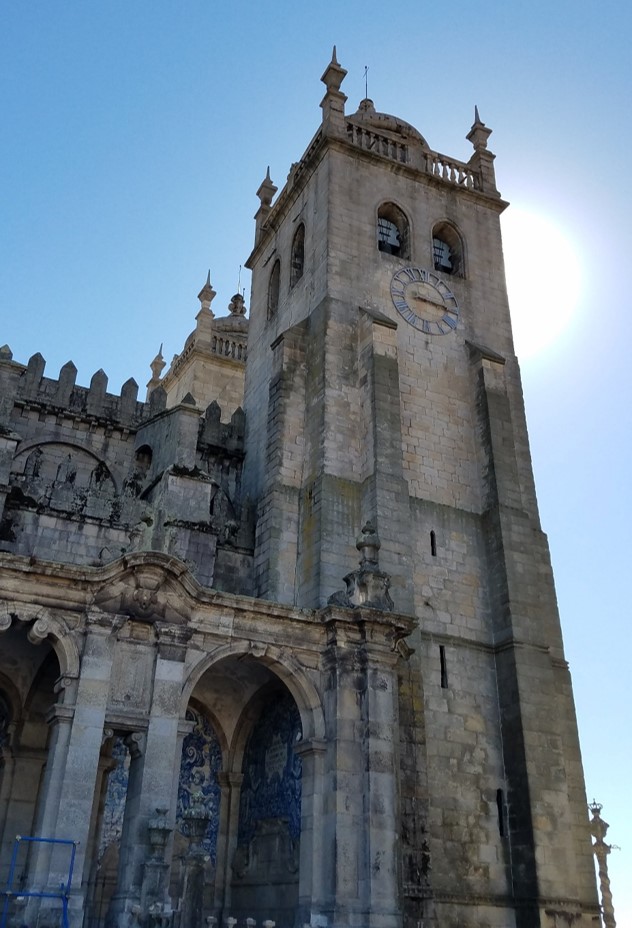 Founded during the 12th century, the “Sé do Porto” (the Cathedral) in Portugal, is located on the highest point of the city, a perfect place to contemplate the Douro River, the Vila Nova de Gaia and the city of Porto. This cathedral is known by several names, all in honor of the Marian cult; Church of “Santa Maria do Porto”, “Nossa Senhora do Porto da Eterna Salvação” and “Nossa Senhora da Vandoma”.
Founded during the 12th century, the “Sé do Porto” (the Cathedral) in Portugal, is located on the highest point of the city, a perfect place to contemplate the Douro River, the Vila Nova de Gaia and the city of Porto. This cathedral is known by several names, all in honor of the Marian cult; Church of “Santa Maria do Porto”, “Nossa Senhora do Porto da Eterna Salvação” and “Nossa Senhora da Vandoma”.
Monastery of San Martin Pinario – Santiago de Compostela, Galicia, Spain
 The city of Santiago de Compostela in Galicia, Spain, is full of religious buildings of great importance, primarily for being one of the most important pilgrimage centers for the Catholic faith. The Monastery of San Martin Pinario is the largest monastery in all of Galicia. However, its origin is much more humble.
The city of Santiago de Compostela in Galicia, Spain, is full of religious buildings of great importance, primarily for being one of the most important pilgrimage centers for the Catholic faith. The Monastery of San Martin Pinario is the largest monastery in all of Galicia. However, its origin is much more humble.
Continue reading “Monastery of San Martin Pinario – Santiago de Compostela, Galicia, Spain”
“Are you from Braga?” – Braga, Portugal
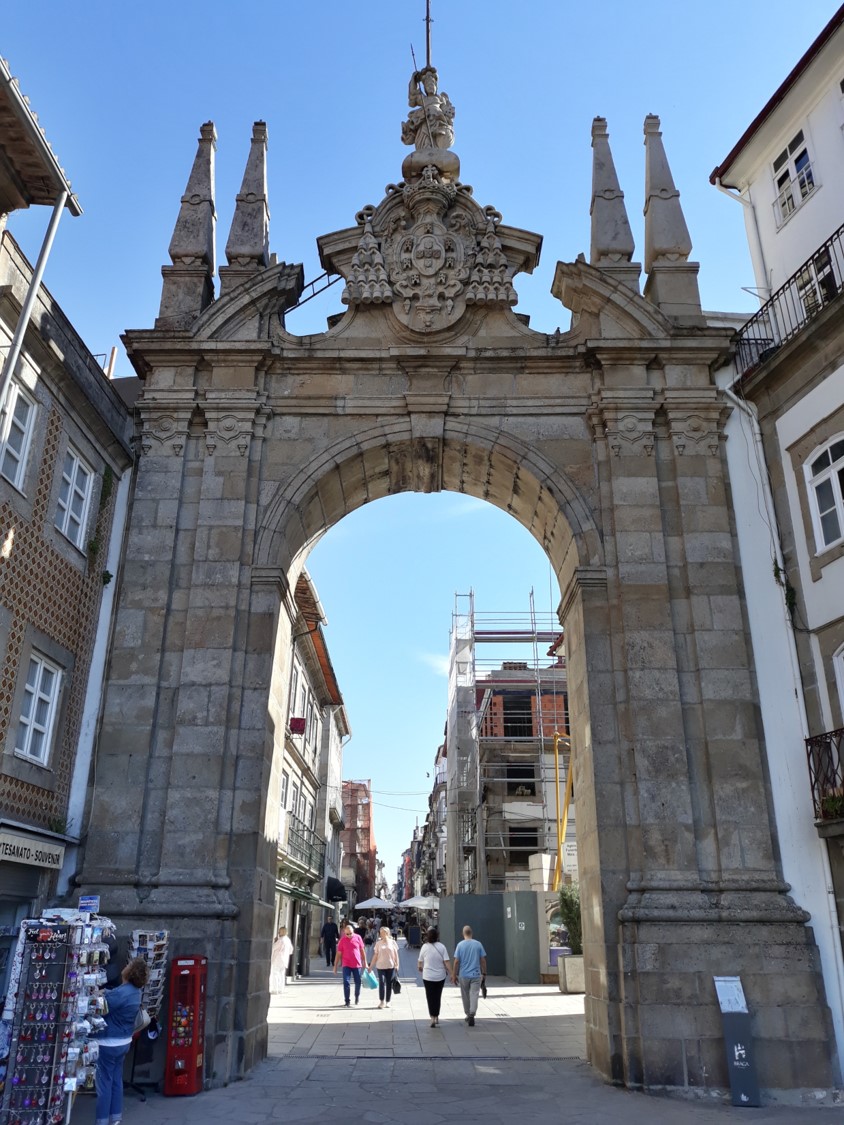 “Are you from Braga?” This is a common expression of Braga, referring to the practice of leaving the door open. Although there are several theories about its origin, a very common one is born with the “Arco da Porta Nova”. In 1373 the construction of the walls was completed, practically enclosing the town of Braga.
“Are you from Braga?” This is a common expression of Braga, referring to the practice of leaving the door open. Although there are several theories about its origin, a very common one is born with the “Arco da Porta Nova”. In 1373 the construction of the walls was completed, practically enclosing the town of Braga.
La Quinta de Regaleira – Sintra, Portugal
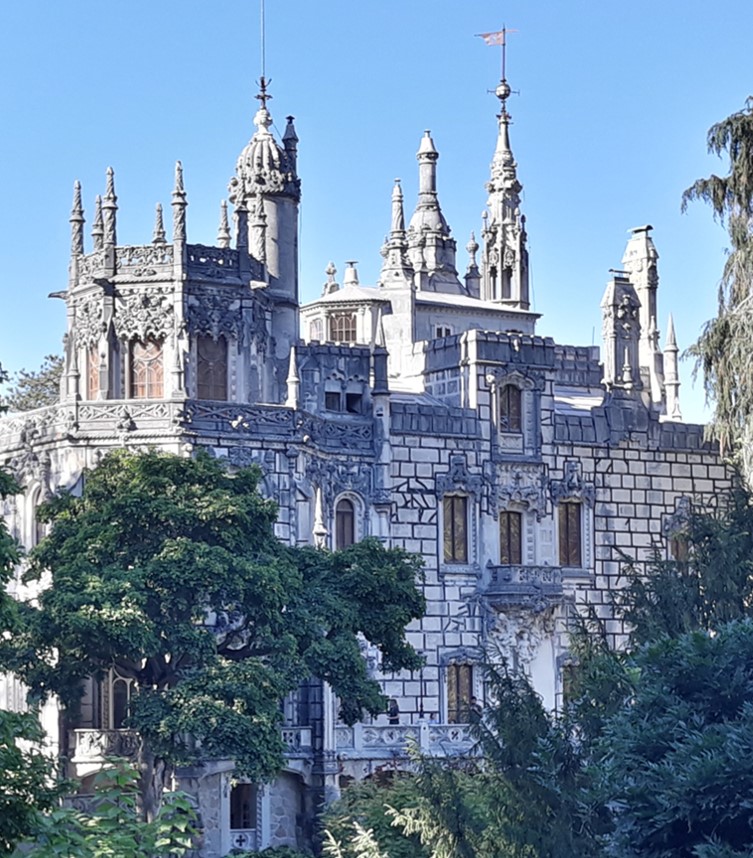 The Brazilian António Augusto Carvalho Monteiro, known as “Monteiro dos milhões” (Monteiro, the millionaire) is responsible and was the conceptual creator of what is now called the “Quinta de Regaleira”, in Sintra, Portugal, a name that, when loosely translated means “the estate of the good life”.
The Brazilian António Augusto Carvalho Monteiro, known as “Monteiro dos milhões” (Monteiro, the millionaire) is responsible and was the conceptual creator of what is now called the “Quinta de Regaleira”, in Sintra, Portugal, a name that, when loosely translated means “the estate of the good life”.
Continue reading “La Quinta de Regaleira – Sintra, Portugal”
“Igreja and Torre do São Pedro dos Cleros” – Porto, Portugal
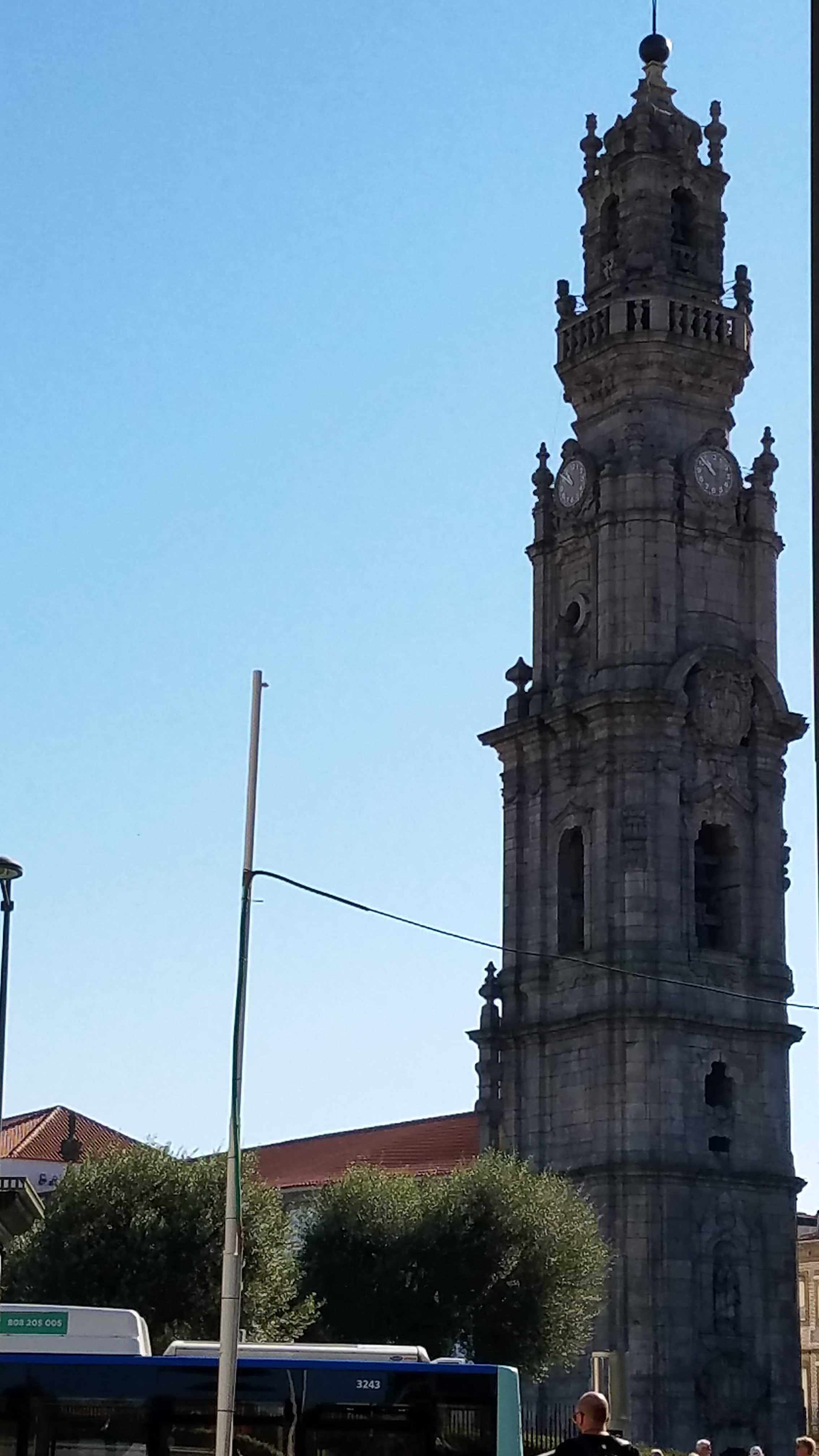 The Tower of “São Pedro dos Cleros”, known as the “Torre dos Cleros”, is located above the old town of Porto. This tower comes to complete the “Igreja do São Pedro dos Cleros”, both symbols of the northern city on the banks of the Douro River.
The Tower of “São Pedro dos Cleros”, known as the “Torre dos Cleros”, is located above the old town of Porto. This tower comes to complete the “Igreja do São Pedro dos Cleros”, both symbols of the northern city on the banks of the Douro River.
Continue reading ““Igreja and Torre do São Pedro dos Cleros” – Porto, Portugal”
Church and Convent of Saint Francis / Matchbox Museum – Thomar, Portugal
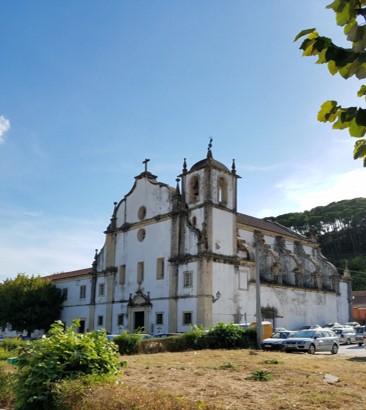 Upon arriving to Tomar, on Gen. Bernardo Faria Avenue and a few steps from the train and bus terminal, you will find the “Igreja y Convento de São Francisco” or the Church and Convent of Saint Francis.
Upon arriving to Tomar, on Gen. Bernardo Faria Avenue and a few steps from the train and bus terminal, you will find the “Igreja y Convento de São Francisco” or the Church and Convent of Saint Francis.
Continue reading “Church and Convent of Saint Francis / Matchbox Museum – Thomar, Portugal”
“Palacio dos Biscainhos” – Braga, Portugal
 Just outside the city walls of Braga is the home of the Portuguese nobility, “Palacio dos Biscainhos”. The construction of this palace is given thanks to the interest of Dr. Constantino Ribeiro do Lago, Templar of the Order of Christ. The name of the palace comes from the workers who built it that were from Bizkaia, which we know today as “Viscaya” (Biscay). Its construction was completed in the seventeenth century.
Just outside the city walls of Braga is the home of the Portuguese nobility, “Palacio dos Biscainhos”. The construction of this palace is given thanks to the interest of Dr. Constantino Ribeiro do Lago, Templar of the Order of Christ. The name of the palace comes from the workers who built it that were from Bizkaia, which we know today as “Viscaya” (Biscay). Its construction was completed in the seventeenth century.
Continue reading ““Palacio dos Biscainhos” – Braga, Portugal”
Convent of Saint Francis of “Valdediós” – Santiago de Compostela, Galicia, Spain
 On the outskirts of the old walled city of Santiago de Compostela in Galicia, Spain, specifically on a plot of land known as “Val de Deus”, then owned by the Monastery of San Martiño Pinario, Saint Francis of Assisi visualized the construction of a convent and church that later would bear his name.
On the outskirts of the old walled city of Santiago de Compostela in Galicia, Spain, specifically on a plot of land known as “Val de Deus”, then owned by the Monastery of San Martiño Pinario, Saint Francis of Assisi visualized the construction of a convent and church that later would bear his name.
Continue reading “Convent of Saint Francis of “Valdediós” – Santiago de Compostela, Galicia, Spain”
